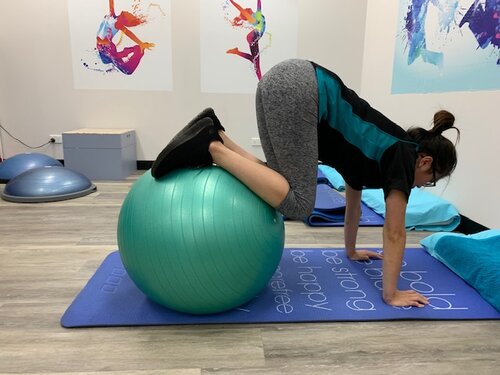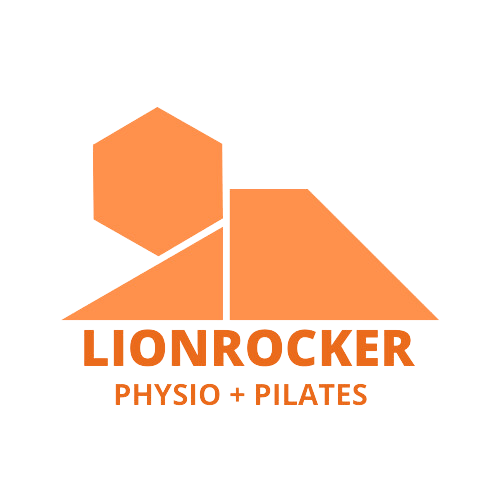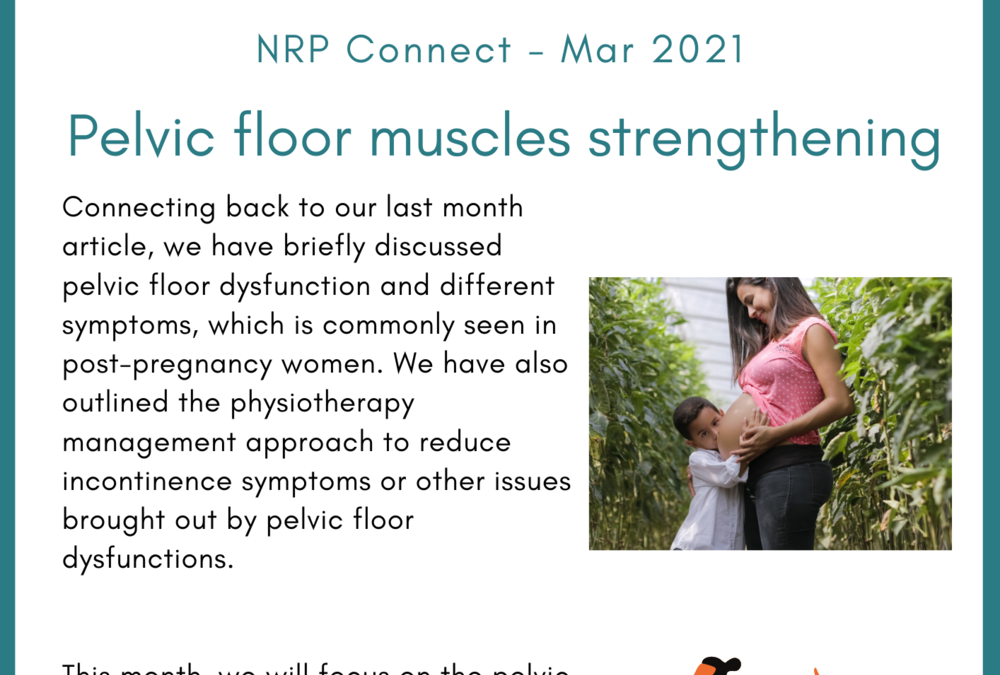PRINTABLE VERSION
Lion Rocker Connect – March
Connecting back to our previous month’s newsletter, we briefly discussed pelvic floor dysfunction and different symptoms, which is commonly seen in post-pregnancy women. We have also outlined the physiotherapy management approach to reduce incontinence symptoms or other issues brought out by pelvic floor dysfunctions.
This month’s newsletter, we will focus on the pelvic floor muscles retraining strategies and the type of exercises we usually progress our patients into gradually going back to perform light to moderate levels of exercises. So that, all mums can still keep active and healthy after childbirths.
After the thorough pelvic floor muscles assessment of each patient, we will set up specific goals with patients, and tailor exercises that strengthen the targeted muscle groups.
Your content goes here. Edit or remove this text inline or in the module Content settings. You can also style every aspect of this content in the module Design settings and even apply custom CSS to this text in the module Advanced settings.
We usually divide the training into 3 stages:
1. Basic floor matwork
To focus on the correct activation of pelvic floor muscles. Usually lying down position is easiest to control and less abdominal pressure.
2. Intermediate floor/ functional position
Progressing from matwork based, to challenge muscles in different positions.
3. Advanced + functional position
Reducing base of support positions, additional weights, more dynamic tasks

It is more effective to train our muscles starting on low impact level then gradually increase load and change of various positions. This will train and challenge the pelvic floor muscles or deep core muscles in supporting pelvic organs as we increase load/ stress impact, ie. coughing/ sneezing.
These are just general ideas that we usually start our FitMUM and Pilates exercise program with our patients.

